PDF chapter test TRY NOW
Ex-situ Conservation
It is the conservation of wildlife that takes place outside their habitat. Establishing zoos, botanicalgardens, tissue culture, conservation of genes, and seedling are some strategies followed in this method.
Botanical gardens
Place where fruits, flowers, and vegetables are grown. They provide a healthy and calm environment.
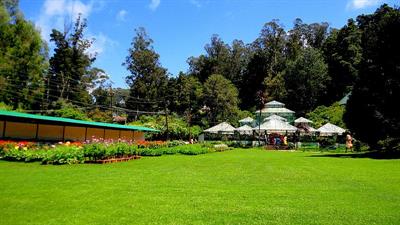
Botanical garden
Zoological parks
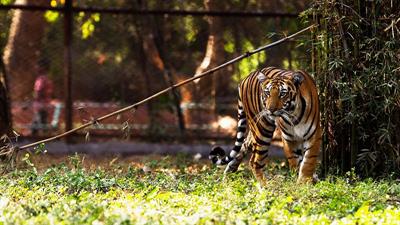
Nehru Zoological Park, Telangana
Important!
The oldest zoo is the Schoenbrunn Zoo in Vienna. It was established in the year 1759. In India, the first Zoo was established in Barrachpur in the year 1800.
Tissue Culture
It is a technique where plant cells, tissues, organs, seeds or other plant parts are grown in a sterile environment on a nutrient-rich medium that supports the growth of the cells.
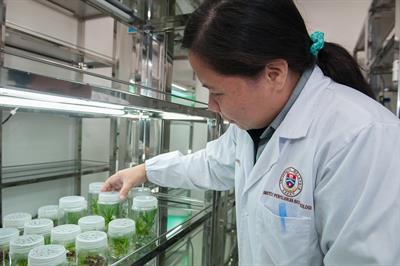
Plant tissue culture
Seed bank
Seed bankpreserves dried seeds by storing the seeds at a very low temperature. The largest seed bank in the world is present in England - the Millennium Seed Bank.
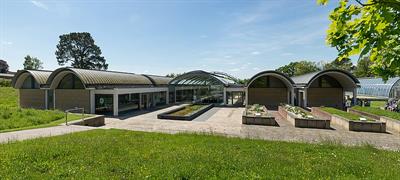
Millennium Seed Bank, England
Cryo Bank
Cryobank is a technique by which a seed or embryo is preserved at a very low temperature. It is kept in liquid nitrogen at –196 °C. The method is helpful to conserve the species which are facing extinction.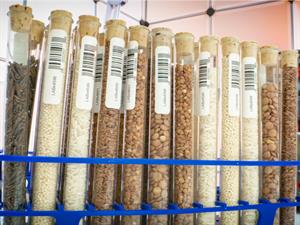
Advantages of Ex-situ conservation
1. Prevents the decline of different species.
2. Endangered animals can be bred in these ways.
3. Plant seeds that are of commercial importance can be kept for long periods in seed banks
4. Threatened species are bred and released in the natural environment.
5. Useful for conducting research and scientific works.
